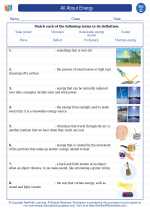Cosmic Rays: A Fascinating Phenomenon
Welcome to the exciting world of cosmic rays! Cosmic rays are high-energy radiation originating from outer space that can reach the Earth's surface. These particles, which include protons, electrons, and atomic nuclei, travel at nearly the speed of light and carry an immense amount of energy. As they interact with the Earth's atmosphere, they produce a cascade of secondary particles that can be detected and studied.
What Are Cosmic Rays?
Cosmic rays are not actually rays but rather a form of high-energy particles. They can come from various sources, including the sun, supernovae, and even distant galaxies. When these particles collide with the Earth's atmosphere, they create a shower of secondary particles that can be observed and analyzed by scientists using detectors and telescopes.
Properties of Cosmic Rays
- Energy: Cosmic rays are extremely energetic, with some particles having energies millions of times higher than those produced in particle accelerators on Earth.
- Composition: They consist of protons, electrons, and atomic nuclei of elements such as hydrogen, helium, and heavier elements.
- Origin: Cosmic rays come from various astrophysical sources, including the sun, supernovae, and the remnants of exploded stars.
- Impact on Earth: They can affect the Earth's atmosphere and magnetic field, and may even pose a risk to astronauts and technology in space.
Effects and Applications
Cosmic rays have a range of effects and applications, including:
- Space Weather: They can influence space weather and impact satellite operations and communication systems.
- Particle Physics: Studying cosmic rays provides valuable insights into particle physics and the fundamental nature of the universe.
- Atmospheric Science: Their interactions with the Earth's atmosphere contribute to the production of secondary particles and play a role in atmospheric processes.
Study Guide
To deepen your understanding of cosmic rays, consider exploring the following topics:
- The sources and acceleration mechanisms of cosmic rays
- The detection and measurement of cosmic rays using ground-based and space-based instruments
- The impact of cosmic rays on space weather and their potential effects on technology
- The role of cosmic rays in advancing our knowledge of particle physics and the universe
- The historical and ongoing research efforts in the field of cosmic ray physics
By delving into these areas, you can gain a comprehensive understanding of the fascinating and enigmatic world of cosmic rays.
.◂Science Worksheets and Study Guides Third Grade. All About Energy
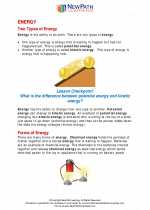
 Worksheet/Answer key
Worksheet/Answer key
 Worksheet/Answer key
Worksheet/Answer key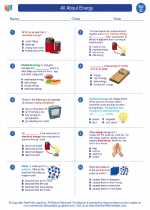
 Worksheet/Answer key
Worksheet/Answer key
 Worksheet/Answer key
Worksheet/Answer key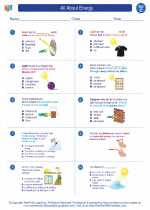
 Worksheet/Answer key
Worksheet/Answer key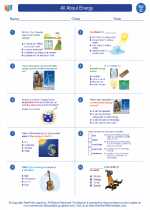
 Worksheet/Answer key
Worksheet/Answer key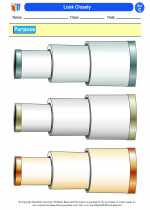
 Vocabulary/Answer key
Vocabulary/Answer key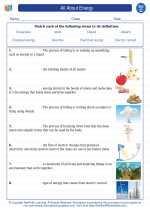
 Vocabulary/Answer key
Vocabulary/Answer key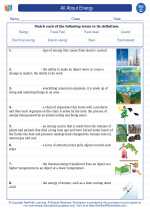
 Vocabulary/Answer key
Vocabulary/Answer key
 Vocabulary/Answer key
Vocabulary/Answer key